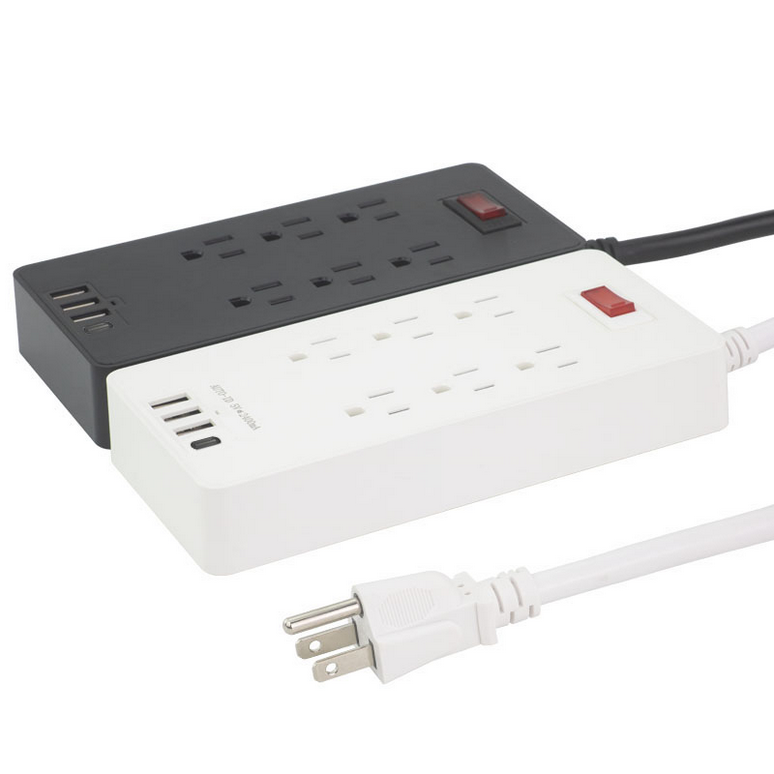How to Safely Use a Power Strip Extension

Power strip extensions are incredibly useful for expanding electrical outlets in homes and offices. However, improper use can lead to overheating, electrical fires, or even electrocution. To ensure safety, follow these essential guidelines when using a power strip.
1. Choose the Right Power Strip
· Look for Certification: Only use power strips with safety certifications (e.g., UL, ETL, or CE marks).
· Check the Wattage Rating: Ensure the power strip can handle the total wattage of all connected devices.
· Use Surge Protectors for Electronics: If plugging in computers or TVs, opt for a surge protector to prevent damage from power spikes.
2. Avoid Overloading
· Follow the Amp Rating: Most power strips handle 15-20 amps. Exceeding this can cause overheating.
· Use the 80% Rule: Only load up to 80% of the power strip’s maximum capacity.
· Never Daisy-Chain: Plugging one power strip into another increases fire risk.
3. Proper Placement
· Keep Away from Water: Never use power strips in bathrooms, kitchens (near sinks), or outdoors unless they’re specifically rated for wet conditions.
· Ensure Good Ventilation: Avoid covering the power strip with rugs or furniture, as trapped heat can cause a fire.
· Mount Securely: If using in a workshop or garage, secure the strip to prevent accidental disconnection.
4. Regular Inspection & Maintenance
· Check for Damage: Frayed cords, cracked casings, or loose plugs are hazards—replace damaged strips immediately.
· Unplug When Not in Use: Reduce energy waste and fire risk by disconnecting unused power strips.
· Avoid Permanent Use: Power strips are for temporary needs, not as a permanent wiring solution.
5. Special Considerations
· High-Power Appliances: Never plug space heaters, microwaves, or air conditioners into a power strip—use a dedicated outlet.
· Child Safety: Use childproof covers if kids are nearby to prevent tampering.
Conclusion
Power strips are convenient but must be used responsibly. By selecting the right strip, avoiding overloading, placing it safely, and performing regular checks, you can prevent electrical hazards. Always prioritize safety to protect your home and devices.
Stay Safe—Power Responsibly!
- Art
- Causes
- Crafts
- Dance
- Drinks
- Film
- Fitness
- Food
- Games
- Gardening
- Health
- Home
- Literature
- Music
- Networking
- Other
- Party
- Religion
- Shopping
- Sports
- Theater
- Wellness


